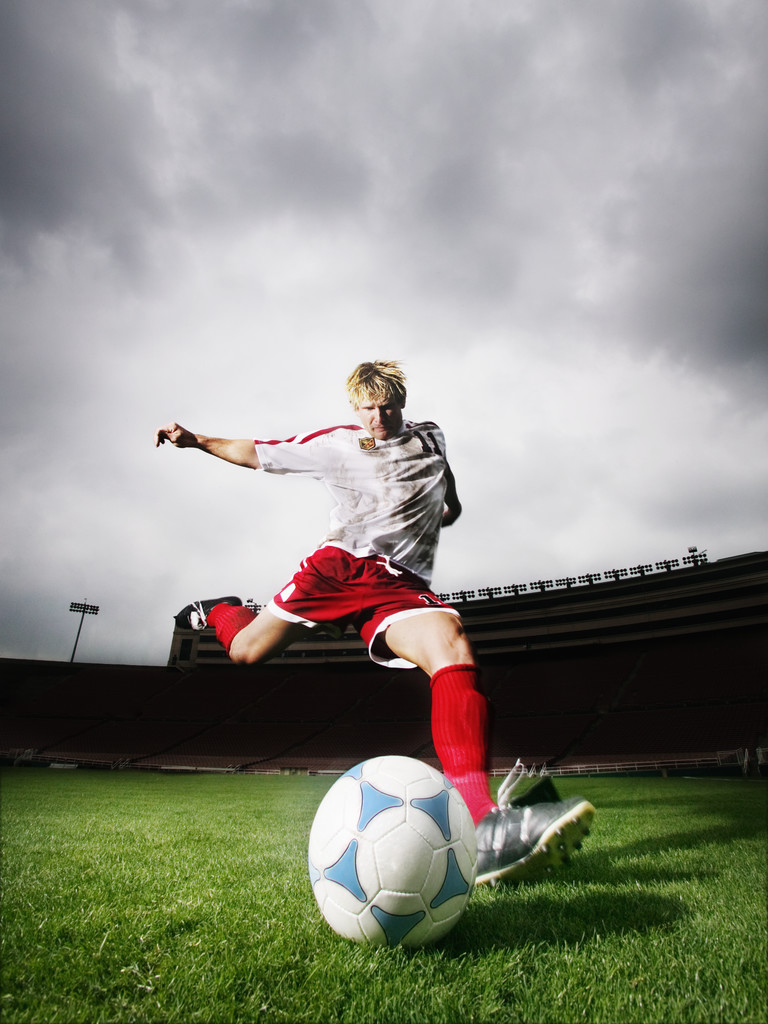 |
| Nike Pro Combat padded compression shorts, tank-top, & arm sleeve. |
Personally I don’t wear the padded undergarment clothing, but there is always the option. I feel like you find athletes in more physical sports like football and basketball wearing the padded compression shorts and tank-tops to act as an extra layer of protection. Also another big trend in undergarment clothing lately has been the padded leggings and arm sleeves that you can see most basketball players wearing. The main purpose for the padded leggings and are sleeves are that they help prevent bruising and skin burns when athletes dive on the floor for a loose ball. Also they can help keep athlete’s muscles warm as they are compression, which helps prevents cramping.
Wearing compression undergarments isn’t for everybody, but in my own experiences I have found them to be beneficial. With today’s sports technology you can find compression undergarments for all types of situations. The first two places to check out would be Under Armour (as if their name doesn’t say that undergarment clothing is their specialty) and Nike’s Pro Combat line.
Image Courtesy of www.speedendurance.com
